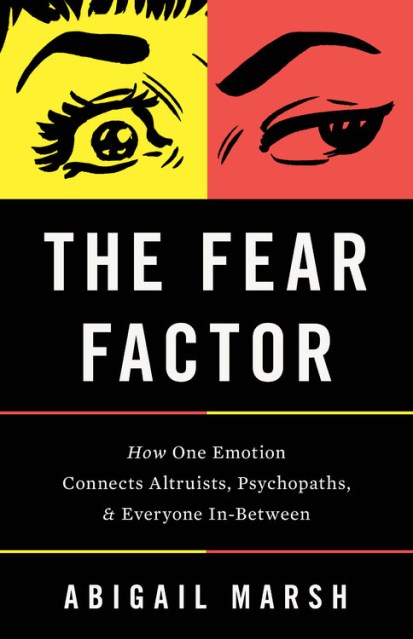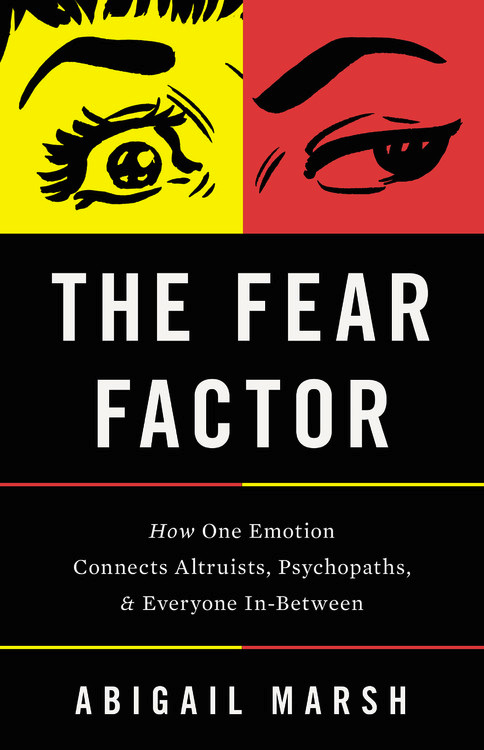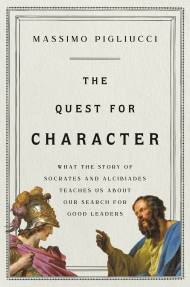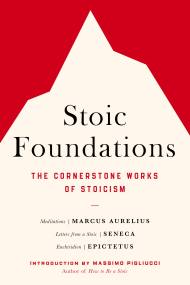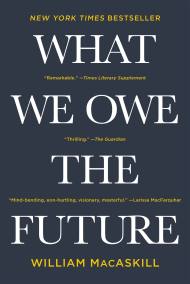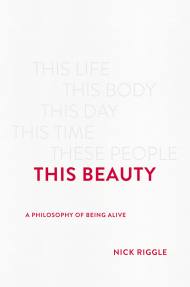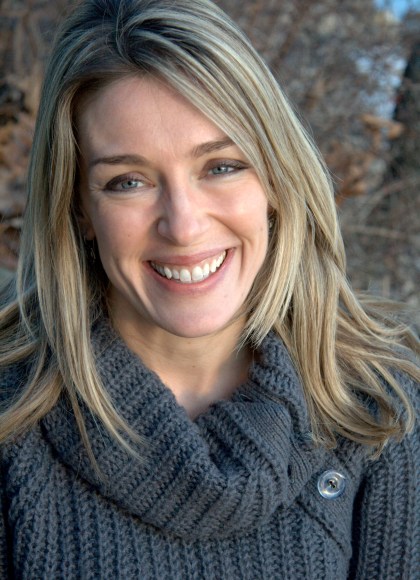Promotion
Use code MOM24 for 20% off site wide + free shipping over $45
The Fear Factor
How One Emotion Connects Altruists, Psychopaths, and Everyone In-Between
Contributors
Formats and Prices
Price
$30.00Price
$38.00 CADFormat
Format:
- Hardcover $30.00 $38.00 CAD
- ebook $17.99 $22.99 CAD
- Audiobook Download (Unabridged)
This item is a preorder. Your payment method will be charged immediately, and the product is expected to ship on or around October 10, 2017. This date is subject to change due to shipping delays beyond our control.
Also available from:
At fourteen, Amber could boast of killing her guinea pig, threatening to burn down her home, and seducing men in exchange for gifts. She used the tools she had available to get what she wanted, and, she didn’t care about the damage she inflicted. A few miles away, Lenny Skutnik was so concerned about the life of a drowning woman that he jumped into the ice-cold river to save her. How could Amber care so little about others’ lives, while Lenny cared so much?
Abigail Marsh studied the brains of both psychopathic children and extreme altruists and found that the answer lies in our ability to recognize others’ fear. And as The Fear Factor argues, by studying people who demonstrate heroic and evil behaviors, we can learn more about how human morality is coded in the brain.
A path-breaking read, The Fear Factor is essential for anyone seeking to understand the heights and depths of human nature.
Genre:
- On Sale
- Oct 10, 2017
- Page Count
- 320 pages
- Publisher
- Basic Books
- ISBN-13
- 9781541697195
Newsletter Signup
By clicking ‘Sign Up,’ I acknowledge that I have read and agree to Hachette Book Group’s Privacy Policy and Terms of Use
